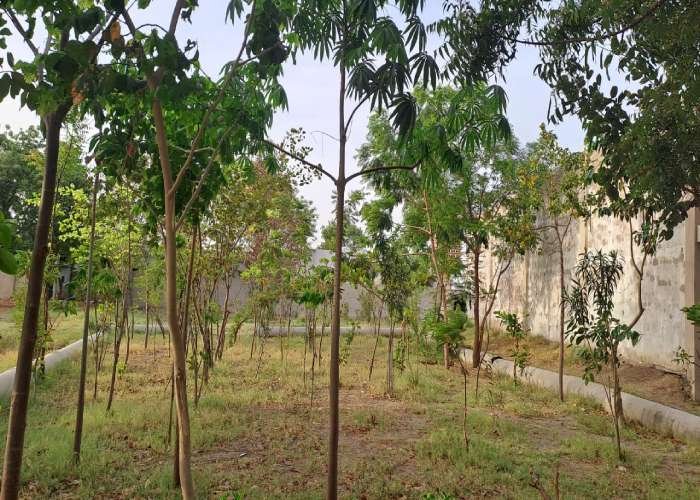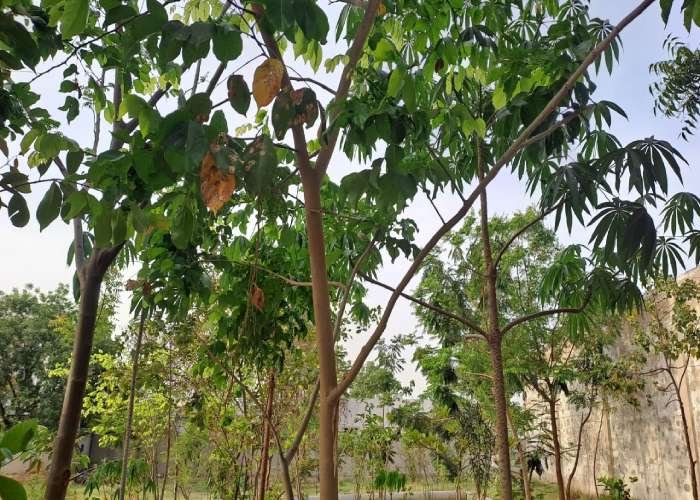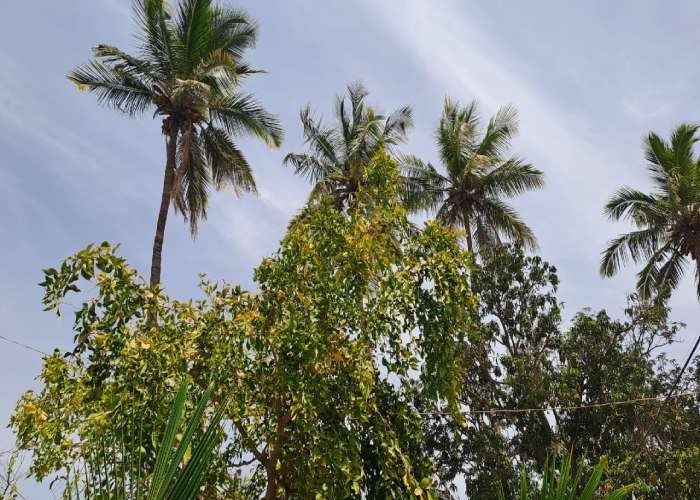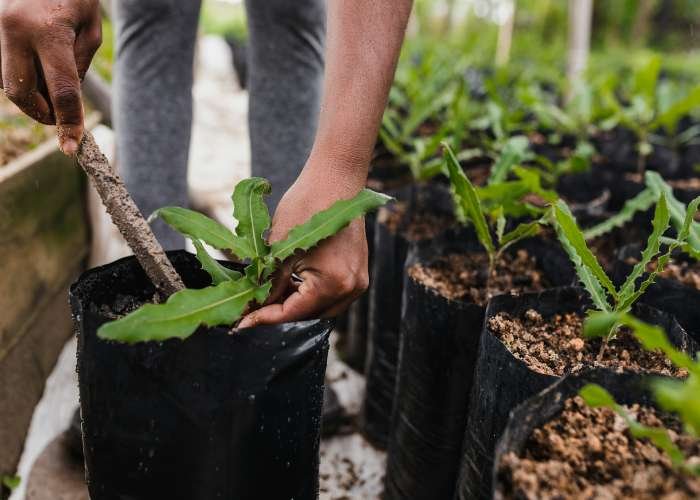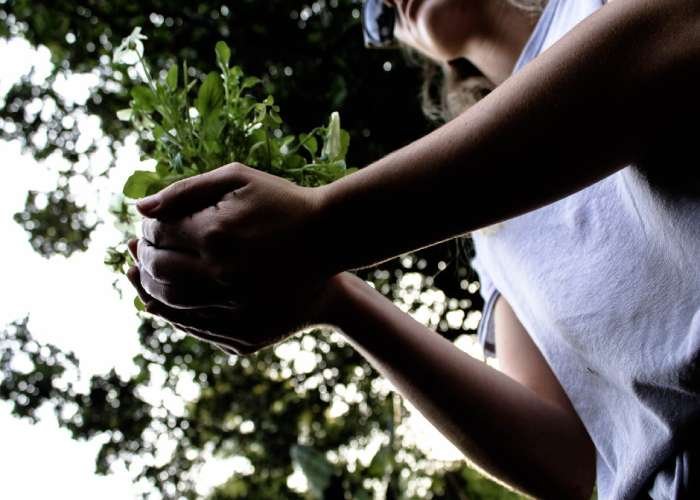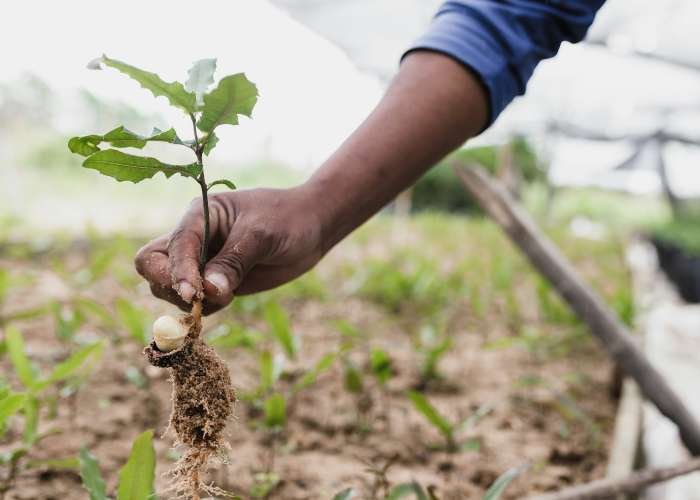Give a Tree
Cause
Need
Action
Cause
- Deforestation: Widespread deforestation for agriculture, urbanization, and industrial purposes leads to the loss of forest cover, biodiversity, and ecosystem services, resulting in environmental degradation and climate change.
- Environmental Degradation: Deforestation contributes to soil erosion, loss of habitat, depletion of natural resources, and disruption of water cycles, affecting ecosystem health, wildlife populations, and human well-being.
- Climate Change: Trees play a crucial role in mitigating climate change by absorbing carbon dioxide, regulating temperatures, and sequestering greenhouse gases, making reforestation efforts essential for climate resilience and adaptation.
- Community Vulnerability: Deforestation impacts local communities, especially those dependent on forests for livelihoods, food security, and cultural identity, exacerbating poverty, displacement, and social inequities.
Need
- Reforestation & Restoration: “Give a Tree” initiative aim to address deforestation and environmental degradation by planting trees, restoring degraded landscapes, and enhancing biodiversity, ecosystem services, and resilience.
- Climate Mitigation: Planting trees helps mitigate climate change by sequestering carbon dioxide, reducing greenhouse gas emissions, and enhancing carbon sinks, contributing to global efforts to combat climate change and achieve carbon neutrality.
- Habitat Conservation: Tree planting activities create and restore habitats for wildlife, protect endangered species, and preserve biodiversity, supporting ecosystem health, ecological balance, and genetic diversity.
- Community Empowerment: Involving local communities, schools, and stakeholders in tree planting activities fosters environmental awareness, community engagement, and empowerment, promoting sustainable land management and conservation practices.
Action
- Tree Planting Drives: Organizing tree planting events, campaigns, and initiatives to mobilize volunteers, schools, businesses, and communities to plant trees in deforested or degraded areas, such as forests, parks, watersheds, and urban spaces.
- Species Selection & Site Preparation: Identifying suitable tree species and planting sites based on ecological considerations, climate resilience, soil conditions, and local needs, and preparing planting sites through soil improvement, weed control, and
erosion prevention measures. - Monitoring & Maintenance: Implementing monitoring and maintenance protocols to ensure the survival and growth of planted trees, including watering, mulching, pruning, and protection from pests, diseases, and adverse environmental conditions.
- Education & Advocacy: Conducting educational programs, workshops, and outreach activities to raise awareness about the importance of trees, environmental conservation, and sustainable land management practices, and advocating for policies and actions to address deforestation and promote reforestation.


